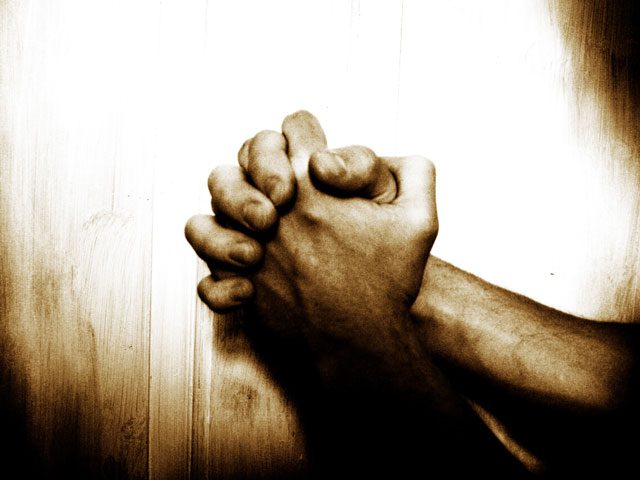 There is a movement stirring in the Church: people who refer to themselves as prophetic believers. These Christians embrace the mystical side of our faith and are found in every denomination. They are usually found among those called by God to be intercessors for His Church. These believers are rediscovering and embracing the sacred symbols of the Bible and the Church. I am thrilled to see that many of the sacred symbols they are rediscovering are symbols still found and used in The Salvation Army. Yet, it causes me to wonder: how many Salvationists know the roots and spiritual significance behind many of our symbols?
There is a movement stirring in the Church: people who refer to themselves as prophetic believers. These Christians embrace the mystical side of our faith and are found in every denomination. They are usually found among those called by God to be intercessors for His Church. These believers are rediscovering and embracing the sacred symbols of the Bible and the Church. I am thrilled to see that many of the sacred symbols they are rediscovering are symbols still found and used in The Salvation Army. Yet, it causes me to wonder: how many Salvationists know the roots and spiritual significance behind many of our symbols?
Even a quick look at Exodus, Leviticus and Numbers reveals a treasure trove of information about many of our sacred symbols like our uniforms, (priestly garments), our flag, (the banners, flags and standards flown over each tribe), and even our bands (the shofar—a ram’s horn, and silver trumpets).
Our uniforms: the Levitical priests were given specific commands about what they were to wear when they were ministering to God in the Tabernacle. These garments were vestments of their office. The Salvation Army believes in the priesthood of all believers. Our uniforms serve to remind us that we are soldiers in God’s Army, but they are also our priestly garments. The colors selected for our uniforms are found in the colors used in the Tabernacle and in the priestly garments. The blue was chosen to remind us that we are God’s holy people, sanctified and set apart for His work. The symbol of the letter “S” reminds us of salvation, sanctification and service. In the early days of the Army, Salvationists imagined that as they put on their uniforms they were immersed or wrapped up in the garments of salvation and sanctification.
Our flag: Historically, every army had a standard (flag or symbol affixed to a pole) and every army had a standard bearer out in front to give visual guidance to the troops. Our flag is designed to remind us of who we fight for in our spiritual battle. The red reminds us of the blood of Jesus which gives us salvation. The blue reminds us of the holy, purity of God who gives us the freedom not to sin. The yellow reminds us of the power of the indwelling Holy Spirit who gives us victory and vision. The words Blood and Fire come from the prophetic words of Joel (2:28-32) quoted by Peter in the book of Acts. These words remind us that we are in a spiritual battle that will only be won by the Blood of Jesus and the Fire of the Holy Spirit. The blood of sacrifice and the fire of sanctification are necessary.
Our bands: The shofar, and the silver trumpets were blown by the Levitical priests to call the people of Israel to assemble for briefings, for worship or prayer, as well as to prepare to move forward or to go to battle. In times of war the trumpets or shofars would be an audible guide to the troops. It would inform them were to go, what weapons to use and warn them where the enemy was attacking. Our bands are more than fellowship groups or performers; they serve to call us to assemble for prayer and worship. They remind us that we are in a spiritual battle. When the horns are blown with warfare in mind the enemy should quake. If only every band member would remember there is God’s power in their playing, we would be the mighty army referred to in the song: Onward Christian Soldiers.
I believe it is time for all Salvationists to dust off their opinions of our rich heritage of symbolism and with the prophetic believers, rediscover the importance and power of those symbols in this spiritual battle. If we do not reclaim the symbols, they will be impotent and powerless to us when we face the enemy. Remember our battle is not against flesh and blood. Our only hope of victory is in the power of Jesus’ Blood and the Fire of the Holy Spirit. His Word promises that all who call upon the name of the Lord will be saved.








